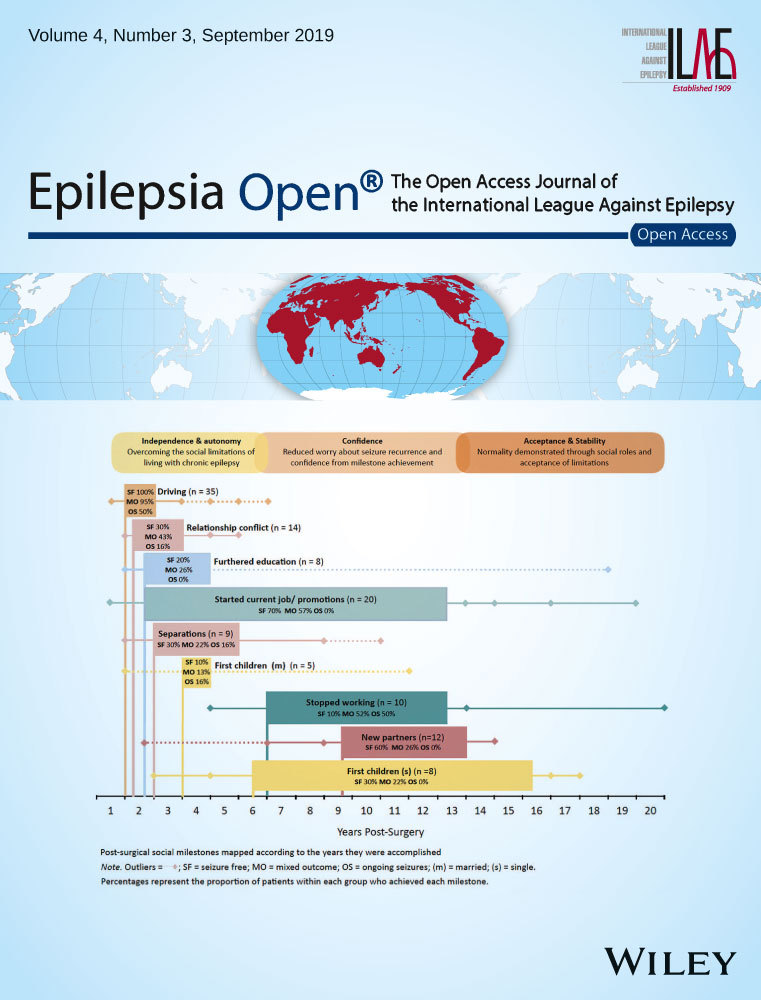 “Obesity, an important risk factor for developing chronic kidney disease (CKD), affects the kidneys by two main molecular signaling pathways: the endocannabinoid/CB1 R system, whose activation in obesity promotes renal inflammation, fibrosis, and injury; and the inducible nitric oxide synthase (iNOS), which generates reactive oxygen species resulting in oxidative stress. Hence, a combined peripheral inhibitory molecule that targets both CB1 R and iNOS may serve as an efficacious therapeutic agent against obesity-induced CKD.
“Obesity, an important risk factor for developing chronic kidney disease (CKD), affects the kidneys by two main molecular signaling pathways: the endocannabinoid/CB1 R system, whose activation in obesity promotes renal inflammation, fibrosis, and injury; and the inducible nitric oxide synthase (iNOS), which generates reactive oxygen species resulting in oxidative stress. Hence, a combined peripheral inhibitory molecule that targets both CB1 R and iNOS may serve as an efficacious therapeutic agent against obesity-induced CKD.
KEY RESULTS:
Enhanced expression of CB1 R and iNOS in renal tubules was found in human kidney patients with obesity and other CKDs. The hybrid inhibitor ameliorated obesity-induced kidney morphological and functional changes via decreasing kidney inflammation, fibrosis, oxidative stress, and renal injury. Some of these features were independent of the improved metabolic profile mediated via inhibition of CB1 R. An additional interesting finding is that these beneficial effects on the kidney were partially associated with modulating renal adiponectin signaling.
CONCLUSIONS AND IMPLICATIONS:
Collectively, our results highlight the therapeutic relevance of blocking CB1 R and iNOS in ameliorating obesity-induced CKD.”
https://www.ncbi.nlm.nih.gov/pubmed/31454063
https://bpspubs.onlinelibrary.wiley.com/doi/abs/10.1111/bph.14849

 “Post-traumatic stress disorder (PTSD) is a common psychiatric disorder resulting from a traumatic event, is manifested through hyperarousal, anxiety, depressive symptoms, and sleep disturbances.
“Post-traumatic stress disorder (PTSD) is a common psychiatric disorder resulting from a traumatic event, is manifested through hyperarousal, anxiety, depressive symptoms, and sleep disturbances. “Autism spectrum disorder (ASD) is a developmental condition whose primary features include social communication and interaction impairments with restricted or repetitive motor movements. No approved treatment for the core symptoms is available and considerable research efforts aim at identifying effective therapeutic strategies.
“Autism spectrum disorder (ASD) is a developmental condition whose primary features include social communication and interaction impairments with restricted or repetitive motor movements. No approved treatment for the core symptoms is available and considerable research efforts aim at identifying effective therapeutic strategies. “Kidney ischemia reperfusion (IR) injury is an important health problem resulting in acute renal failure. After IR, the inflammatory and apoptotic process is triggered.
“Kidney ischemia reperfusion (IR) injury is an important health problem resulting in acute renal failure. After IR, the inflammatory and apoptotic process is triggered. “Nociceptive Transient Receptor Potential channels such as TRPV1 are targets for treating pain. Both antagonism and agonism of TRP channels can promote analgesia, through inactivation and chronic desensitization.
“Nociceptive Transient Receptor Potential channels such as TRPV1 are targets for treating pain. Both antagonism and agonism of TRP channels can promote analgesia, through inactivation and chronic desensitization. “Phytocannabinoids are unique terpenophenolic compounds predominantly produced in the glandular trichomes of the cannabis plant (Cannabis sativa L.). The delta-9- tetrahydrocannabinol (THC) is the main active constituent responsible for the plant’s psychoactive effect and, together with the non- psychoactive cannabidiol (CBD), the most investigated naturally occurring cannabinoid.
“Phytocannabinoids are unique terpenophenolic compounds predominantly produced in the glandular trichomes of the cannabis plant (Cannabis sativa L.). The delta-9- tetrahydrocannabinol (THC) is the main active constituent responsible for the plant’s psychoactive effect and, together with the non- psychoactive cannabidiol (CBD), the most investigated naturally occurring cannabinoid. “Parkinson’s disease (PD) is a neurodegenerative disease and its characteristic is the progressive degeneration of dopaminergic neurons within the substantia nigra (SN) of the midbrain. There is hardly any clinically proven efficient therapeutics for its cure in several recent preclinical advances proposed to treat PD.
“Parkinson’s disease (PD) is a neurodegenerative disease and its characteristic is the progressive degeneration of dopaminergic neurons within the substantia nigra (SN) of the midbrain. There is hardly any clinically proven efficient therapeutics for its cure in several recent preclinical advances proposed to treat PD. “C57BL/6J mice infected with Theiler’s murine encephalomyelitis virus (TMEV) develop acute behavioral seizures in the first week of infection and later develop chronic epilepsy. The TMEV model provides a useful platform to test novel antiseizure therapeutics.
“C57BL/6J mice infected with Theiler’s murine encephalomyelitis virus (TMEV) develop acute behavioral seizures in the first week of infection and later develop chronic epilepsy. The TMEV model provides a useful platform to test novel antiseizure therapeutics. “Mixtures of different Cannabis sativa phytocannabinoids are more active biologically than single phytocannabinoids. However, cannabis terpenoids as potential instigators of phytocannabinoid activity have not yet been explored in detail.
“Mixtures of different Cannabis sativa phytocannabinoids are more active biologically than single phytocannabinoids. However, cannabis terpenoids as potential instigators of phytocannabinoid activity have not yet been explored in detail. “Small molecules targeting peripheral CB1 receptors have therapeutic potential in a variety of disorders including obesity-related, hormonal and metabolic abnormalities, while avoiding the psychoactive effects in the CNS.
“Small molecules targeting peripheral CB1 receptors have therapeutic potential in a variety of disorders including obesity-related, hormonal and metabolic abnormalities, while avoiding the psychoactive effects in the CNS.